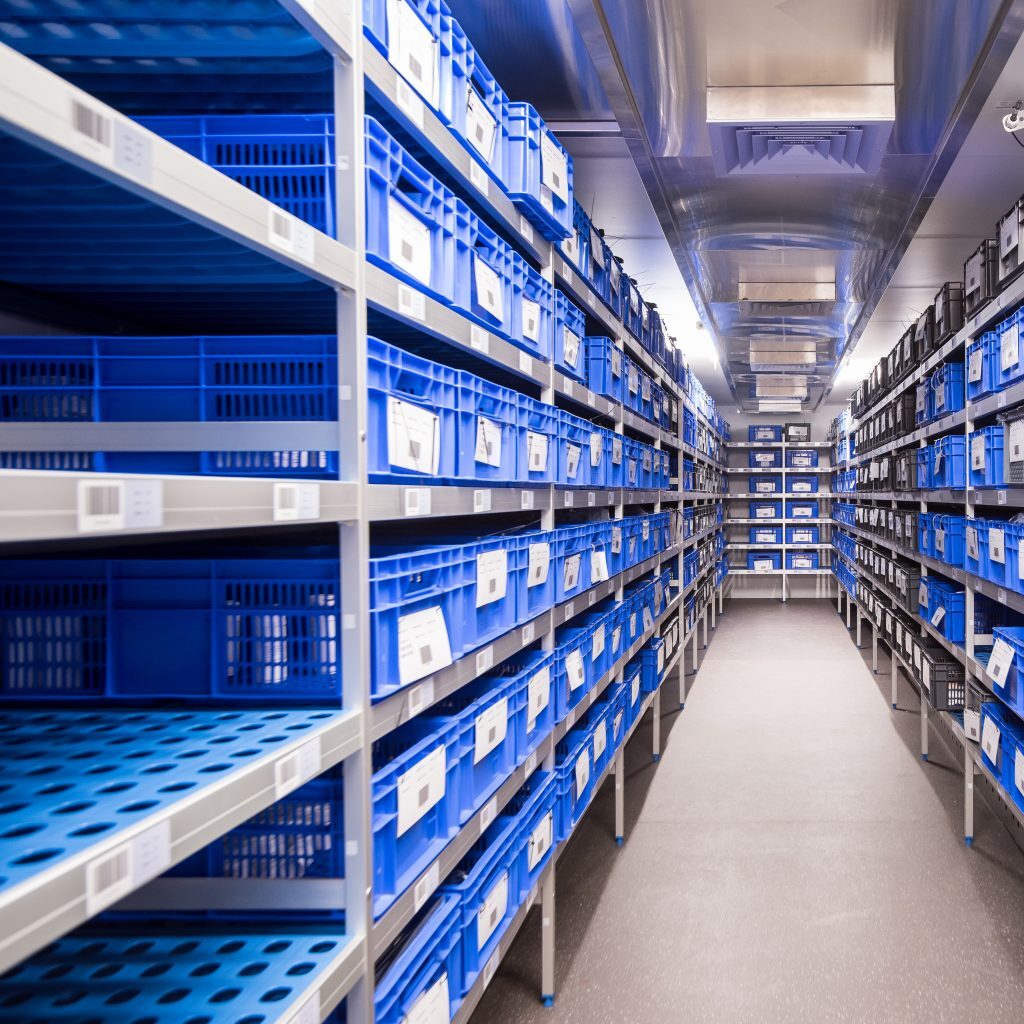
A stability chamber is used for various purposes by various industries for equipment or product testing and determining the shelf life of substances like drugs, sensitive electrical components, and industrial materials. The stability chamber maintains adequate temperature and humidity and checks the behavior of the product under different conditions. The chamber supports products to see their response to different climatic conditions and helps scientists to determine the causes for change under altering environmental exposure. The stability testing offers a green signal for a product. If it passes the different environment test, then the product gets a clean chit. However, if an error is found, the product will need more development. The testing time allowed for any product is from a few weeks to months depending on the product requirement.
Application of the Chambers
The chambers vary according to their applications and come in two types.
- Application
- Environment
- Temperature-Humidity
- Accelerated testing
- Photostability
Types
Reach in Chamber
This chamber tests small product batches and is convenient to use.
Walk-in Chamber
It is a larger chamber, and it can be walked into. These chambers can test bigger batches of products for an extended period in uniform conditions.
What is the working principle of the stability Chamber?
The most important working function of a stability chamber is
to maintain:
- Stable temperature
- Stable relative humidity value
How is the relative humidity measured?
The relative humidity is the ratio of the amount of water the air contains and the potential amount that it can hold. As the temperature increases, the water holding capacity of the air increases, this leads to decreased humidity. The parameters are automatically and simultaneously adjusted. The ICH guidelines have stated that the temperature and humidity within the stability chamber must not vary by even two to three and five degrees respectively.
What is the stability chamber made of?
The stability chamber is made of corrosion-resistant steel from the outside, the inner body is also steel insulated. The chamber is provided with shelves that rest the product samples and can be managed easily. The chamber is equipped to maintain both stability in temperature and humidity. Regardless of the density of samples, the conditions inside the chamber will always be stably maintained. The air circulation is maintained by the blowers. Data loggers receive and transmit data. The glass door acts as a monitoring window from where the samples can be observed without disturbing the internal environment. The exhausted air is removed from ports regularly. The chamber facilitates different climates changes like dry a humid weather, corrosive to rainy weather, and other weather conditions. The chamber size may vary, and you can select the size that fits your need.
Another testing variable is photostability that studies the behavior of a product under combined light effects that include white light and UV light. Choose the chambers that switch off the UV Light automatically as the chamber door opens.
How to select a stability chamber?
Choosing the right stability chamber from an array of products available in the market is challenging.
- Ensure that the chamber meets the International Conference on Harmonization ICH guidelines.
- The chamber should use standard software that manages its work.
- The system of the chamber should be such that it should offer the right solutions for shelving, security, and door documentation.
- The chamber should be able to test quality, purity, potency, and identity with precision.
- The chamber should preserve packaging integrity.
- The chamber should ensure resistance to light.
- Measure the chamber size to ensure that it fits in the room where you intend to install it.
- Check the power supply, you would require dedicated circuits with the required amp and circuit breaker. You should be careful of circuit tripping.
- Spilled samples should have a careful disposal procedure.
What are the stability zones and conditions?
Adhering to the International Conference on Harmonization (ICH) five climatic zones are segregated in the chamber based on temperature and relative humidity. The difference in the climatic conditions in different parts of the world is evaluated for stability studies.
The following division is applicable all over the world
| Climatic Zone Type of Climate | Type of Climate | Long term Stability Testing Recommended Conditions |
| Zone I | Temperate | 21°C/45%RH |
| Zone II | Mediterranean/Subtropical | 25°C/60%RH |
| Zone III | Hot, Dry | 30°C/35%RH |
| Zone IVa | Hot Humid/ Tropical | 30°C/65%RH |
| Zone IVb | Hot/ Higher Humidity | 30°C/75%RH |

What are the types of stability testing?
For measuring the shelf life of drugs or other regulated products long-term yet accelerating stability testing is necessary.
Long-term testing: Testing over a long-term duration that allows the product to degenerate in the recommended storage condition.
Accelerated testing: This helps to compare the alternative packaging materials, manufacturing processes, and other short-span experiments.
Reference / Retain sample testing: the testing is done on marketed products that need data. The samples go through analytical testing and act as specimens for the finished products. They carry market authorization and pharmacovigilance validation.
Thermal Cycling testing: this condition is created to mimic situations that the product will face while storing in the marketplace. The signs in this test are significant as they show the product performance in adverse conditions that also includes transport
Features and benefits of iGeneLabserve stability chamber
The stability chamber is based on a thick 304 or 316 stainless steel gauge. Both inner and external chambers have high-density PUF insulation. Each chamber is accompanied by detachable 4-8 steel wire mesh cable trays.
The temperature range of the stability test chamber fluctuates between 10°C to 60°C. The humidity range is 35% to 95% RH.
Following the ICH guidelines, the chamber storage condition is 25°C at 60% RH, 40°C at 75% RH, 30°C at 65% RH, and 25°C at 40% RH.
The chamber refrigeration is equipped with CFC-free compressors, is hermetically sealed, and operates in silence.
Air heaters, SS tubular are responsible for maintaining warmth inside the chamber.
Air is circulated through motorized blower assembly that ensures operational long life.
The chamber is equipped with many operational and sample safety features, visit https://www.igenels.com/ to know details on one of the most contemporary chambers available in the market today.

